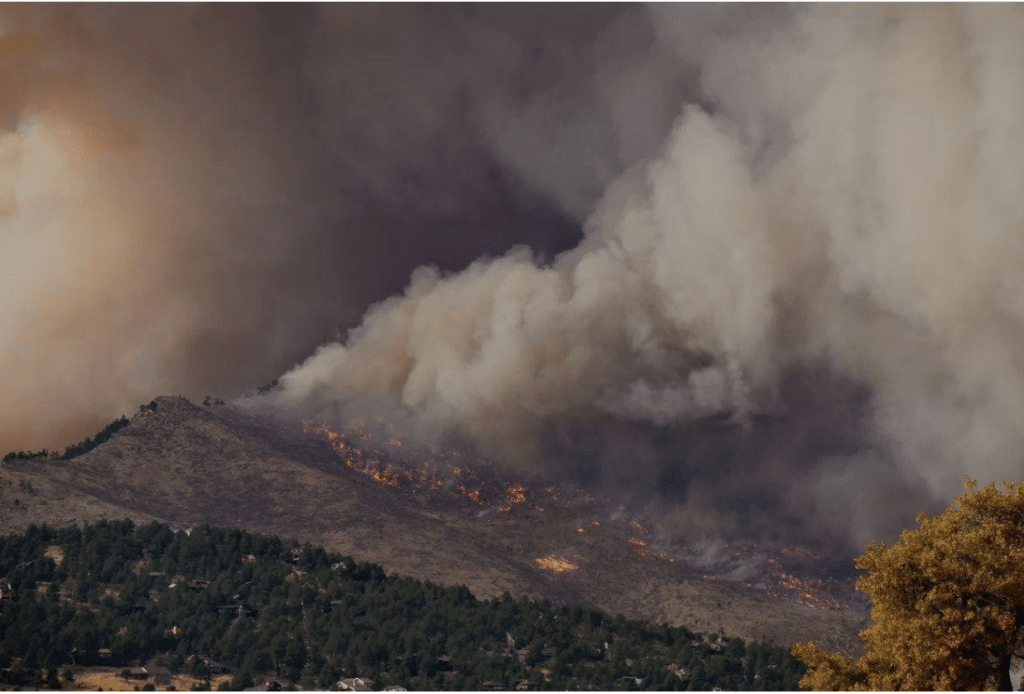
Stock photo: collected from Pinterest
In a world grappling with the devastating impacts of climate change, the concept of Loss and Damage has emerged as a pressing issue that demands immediate attention. The G7 summit presents a crucial opportunity for global leaders to confront this challenge head-on and take decisive action. Loss and Damage refers to the irreversible harm, both economic and non-economic, caused by climate-related events that go beyond the capacity of affected countries to adapt or recover. As concerned citizens, we must urge the G7 leaders to acknowledge the gravity of Loss and Damage and commit to comprehensive solutions.
Understanding Loss and Damage:
Loss and Damage encompasses the profound consequences of extreme weather events, rising sea levels, biodiversity loss, and other climate-related disasters. It goes beyond mere adaptation or mitigation efforts, as it recognizes that some impacts are inevitable and irreversible. By recognizing the severity of Loss and Damage, we acknowledge the need to address not only the immediate impacts but also the long-term effects on communities, ecosystems, and economies.
● The Human Toll:
Loss and Damage are not abstract concepts—they are deeply intertwined with human lives. Vulnerable communities, especially those in low-income countries, bear the brunt of climate change impacts. Lives are lost, livelihoods are destroyed, and futures are shattered. It is imperative for the G7 leaders to prioritize the protection of these communities, ensuring their resilience and providing adequate support in the face of
climate-induced disasters.
● Strengthening Adaptation and Mitigation Efforts:
While efforts to mitigate climate change and adapt to its impacts are crucial, they alone are insufficient to address Loss and Damage comprehensively. The G7 leaders must bolster their commitment to reducing greenhouse gas emissions, promoting renewable energy, and implementing sustainable practices. Simultaneously, they must allocate sufficient resources for developing climate-resilient infrastructure and robust early warning systems, empowering communities to withstand and recover from climate
disasters.
● Financing Loss and Damage:
Addressing Loss and Damage requires substantial financial support for affected countries and communities. The G7 nations, as major economies, bear a significant responsibility in this regard. Fulfilling commitments to the Green Climate Fund and allocating additional funds specifically dedicated to Loss and Damage are essential steps. Furthermore, exploring innovative financing mechanisms, such as climate risk insurance
and debt relief can provide vital assistance to vulnerable nations and communities.
● Technology Transfer and Capacity Building:
Effectively tackling Loss and Damage necessitates collaboration and knowledge-sharing. The G7 leaders can foster positive change by facilitating the transfer of climate-resilient technologies and expertise in vulnerable countries. By enhancing their adaptive capacities, we empower these communities to better prepare for and respond to climate-related disasters. Equally important is investing in capacity-building initiatives
that strengthen the resilience of individuals and communities at the forefront of climate impacts
Loss and Damage cannot be relegated to the periphery of our climate change discourse—it must be brought to the forefront. The G7 leaders have a unique opportunity to demonstrate their commitment to a sustainable and resilient future by taking decisive actions. Through comprehensive measures addressing Loss and Damage, allocating adequate financial resources, strengthening adaptation and mitigation efforts, and promoting technology transfer and capacity building, the G7 nations can lead the global community toward a brighter and more resilient world. Let us join our voices, urging the G7 leaders to prioritize Loss and Damage at this pivotal summit, and together, let us shape a transformative response to this urgent global challenge.